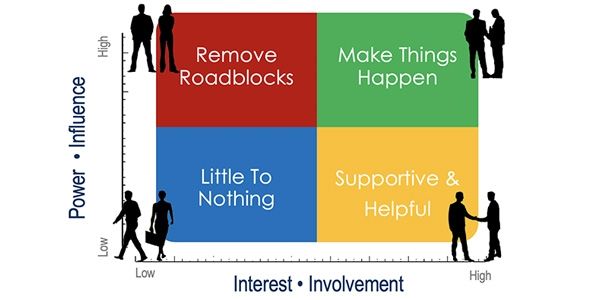Collaboration – Shared Documentation
I think one of my favorite collaboration techniques is the idea of a shared deliverable, I call this co-ownership.
Today’s technology has grown so much that almost every application you work on has some type of collaborative or shared capability. These applications can reduce the amount of time to take it takes to get things done in a big way. You no longer have to wait to get something reviewed or looked at. Someone can review a part of your document from their phone. There’s no need to wait until someone’s time is available on their calendar and you don’t have to book the conference room with the television that you can present on. The days of waiting until the document is perfect before you print it out and hand it to others is gone.
This is the ability for multiple people to edit the same document at the same time. This allows for great collaborative techniques like co-authoring & co-ownership.
One person can own the scope statement, another person can own the business rules, and yet another person can own the activity diagram. Here is what makes this great, they can all be editing the same document at the exact same time. You thought two heads were better than one, imagine two keyboards or three or four or however many make sense to get the task done quickly and efficiently.
Whether you are in the same meeting, working on the same document, or just taking the time to get sign off. The most important part about collaboration is that everyone is involved in some way. It is almost the opposite of compromise. In compromise everyone gives something up, in collaboration everyone contributes.






